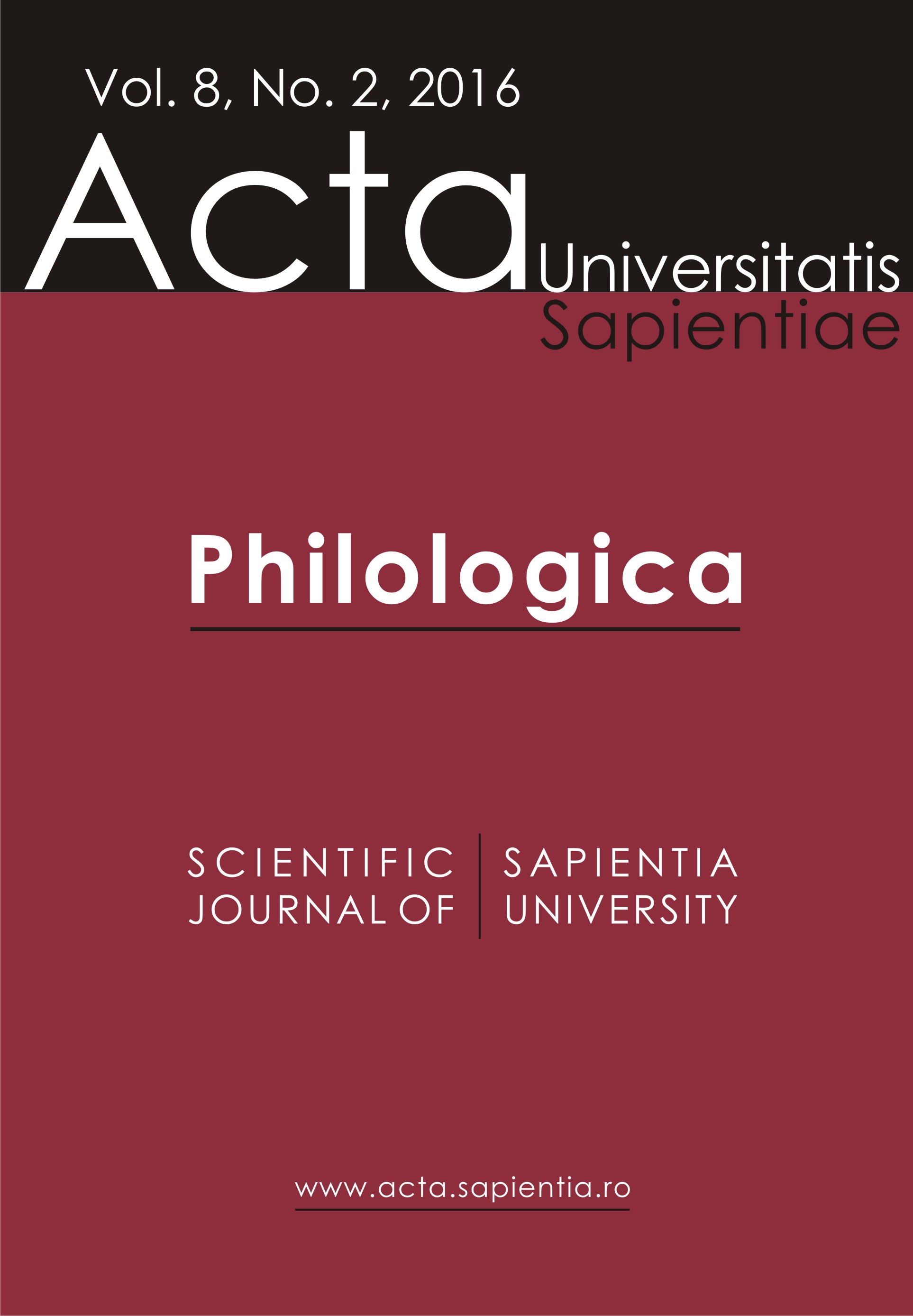Discourse Intonation and Information Structure:
An Empirical Study of Existential There Constructions in Non-Native
Spontaneous Speech
Discourse Intonation and Information Structure:
An Empirical Study of Existential There Constructions in Non-Native
Spontaneous Speech
Author(s): Judit NagySubject(s): Language studies, Language and Literature Studies, Theoretical Linguistics
Published by: Scientia Kiadó
Keywords: non-native Englishes; discourse intonation; information structure; prominence; pitch accent
Summary/Abstract: The management of given and new information is one of the key components of accomplishing coherence in oral discourse, which is claimed to be a problematic area for language learners (Celce-Murcia, Dörnyei, and Thurrell 1995: 14). Research on discourse intonation proposes that instead of the given/new dichotomy, givenness should be viewed as a continuum, with different types of accessibility (Baumann & Grice 2006). Moreover, Prince (1992) previously categorized information structure into Hearer-old/Hearer-new and Discourse-old/Discourse-new information. There is consensus on the fact that focus or prominence associated with new information is marked with nuclear pitch accent, and its main acoustic cue, fundamental frequency (f0) (Ward & Birner 2001: 120). Non-native intonation has been reported to display numerous differences in f0 range and patterns compared to native speech (Wennerstrom 1994; Baker 2010). This study is an attempt to address the issue of marking information structure in existential there sentences by means of f0 in non-native spontaneous speech. Data originates from task-based interactions in the Wildcat Corpus of Native- and Foreign-Accented English (Van Engen et al. 2010). This paper examines two issues: (1) information structure in relation to the notions of givenness and different types of accessibility (Baumann & Grice 2006) and to Prince’s (1992) multidimensional taxonomy and (2) the use of f0 peaks to mark the prominence of new information. Several differences were measured among native speakers regarding the use of f0, sentence type, and complexity.
Journal: Acta Universitatis Sapientiae, Philologica
- Issue Year: 8/2016
- Issue No: 2
- Page Range: 139-153
- Page Count: 15
- Language: English

